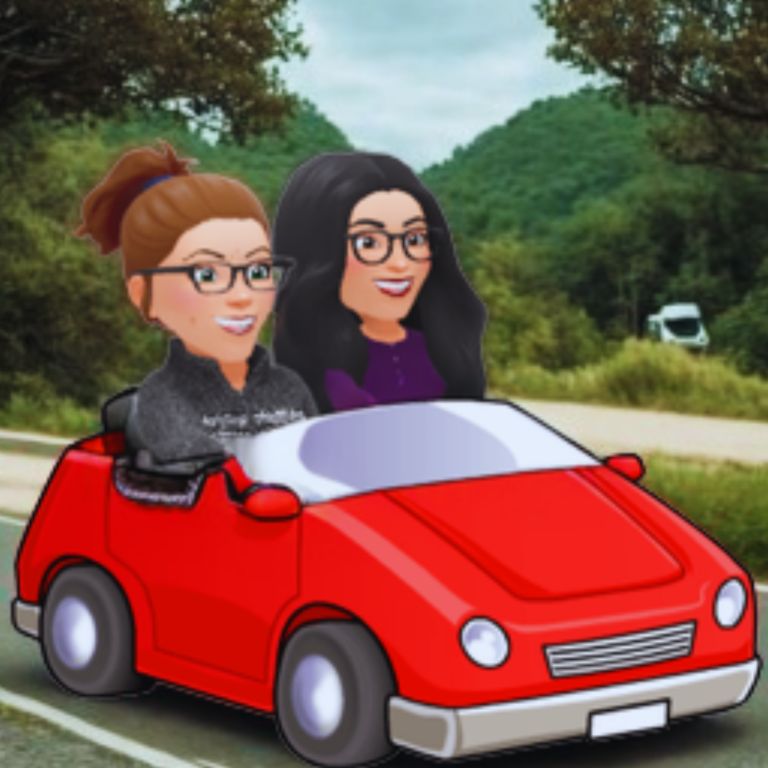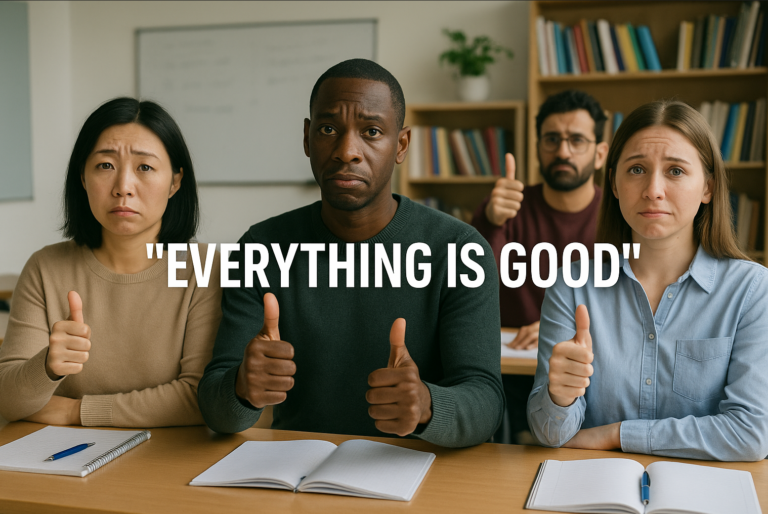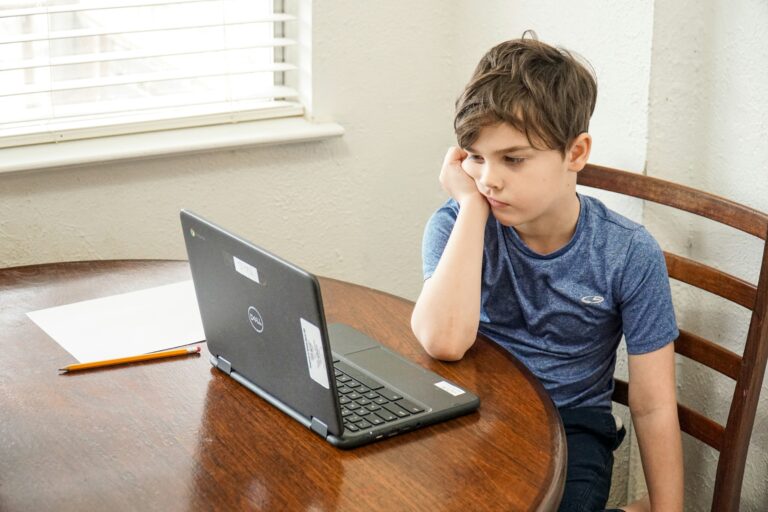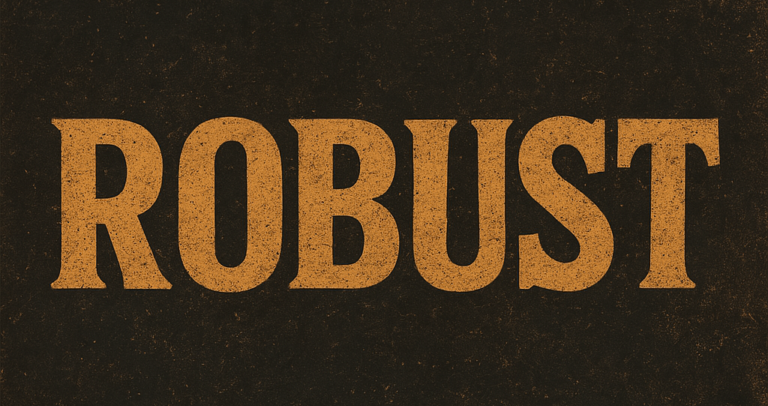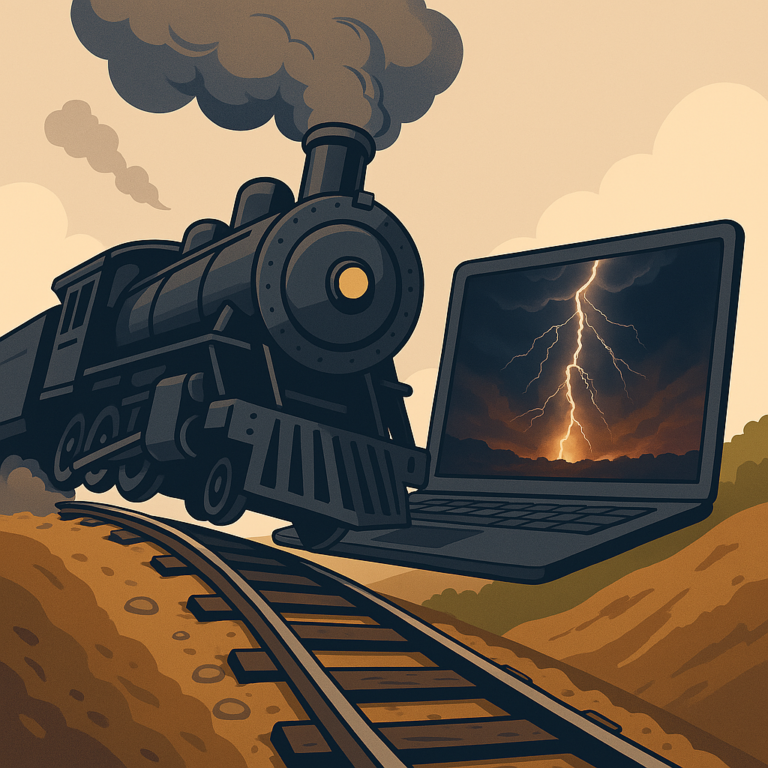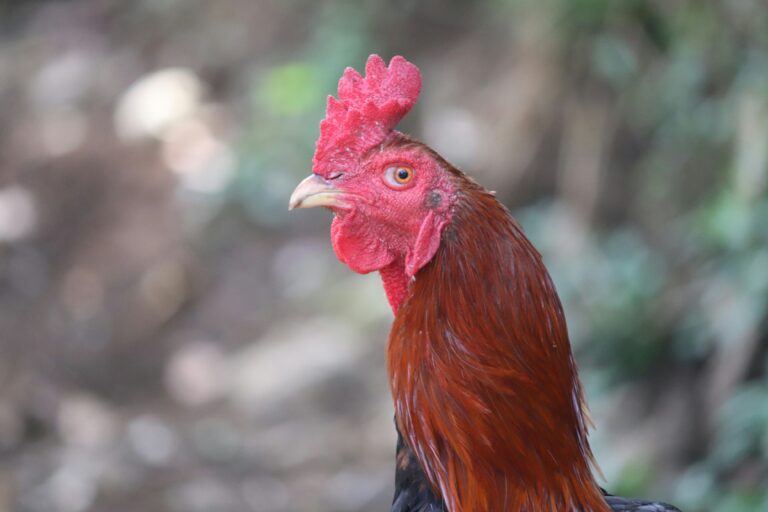Into the Great Wide Open

Featured image by Matt Halls on Unsplash
Kati’s reflection on the benefits and risks of open education
I feel like a bit of a ping-pong ball, going back and forth on my views of open education through my experience with creating this resource. Open education and open educational resources (OER) were not on my radar before taking this program. Through everything that I have read and learned, I can see how OER and a general sense of “openness” are essential to inclusive digital practices. They are the key to offering choice and addressing the mismatch for diverse, marginalized learners. But what I didn’t read and learn about was the risk, and this is what held me back… I worried about being too open because being open can make you vulnerable.
Raspberry Diet Drops
Just like anyone who has ever had a credit card, I have noticed fraudulent charges and have needed to suspend my card. My daughter’s Instagram account was hacked once, and my sister noticed when she was getting strange messages from her niece during the school day. I had an annoying phone call, early one morning, telling me that there was a problem with my Royal Bank Account. I explained that couldn’t be right, because I don’t have a Royal Bank Account, to which the caller replied, “No, mam, I said Scotia Bank Account.” Well, I didn’t have one of those either.
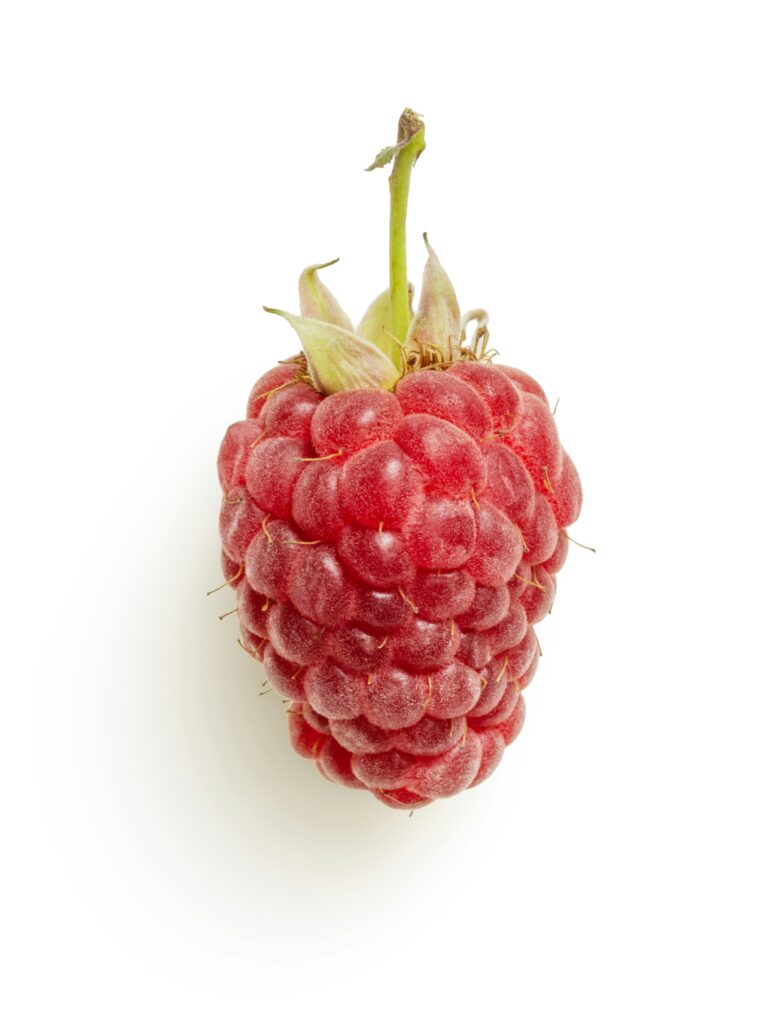
All of these situations are relatively minor and easy to address. There was one situation, however, that made me feel extremely vulnerable and allowed me to recognize the risk of opening myself up online – raspberry diet drops. I had a friend and neighbour who was originally from Japan and had only lived in Canada for the past 3 or 4 years. At the time, she was in the process of taking a specific English exam to allow her to work as a nurse in Canada, like she had previously in Japan. One day, out of the blue, she texts me and says that she’s very worried about me. Her text, in very broken English, said something about how I shouldn’t be taking raspberry diet drops because that is very dangerous for my health.

I had no idea what she was talking about, so I didn’t respond to the text, and made a mental note to ask her what she meant that afternoon when we walked to school to pick up the kids. When she told me, in person, that she was in fact concerned that I was taking raspberry diet drops, I became even more confused. Finally, she showed me my Facebook post, of me, on my account, endorsing raspberry diet drops. Right there, on my post, I had claimed to have already lost 50 pounds!
How open do we want to be?
When Tiffany and I started designing our OER, I couldn’t help but think about raspberry diet drops. If we put something out there, with our names, voices and images, we are opening ourselves up for identity theft. If we allow remixing and resharing, could we end up supporting something that we don’t believe in? With this in mind, we originally decided to make all of our H5P materials copyright to us. We would still share them at no charge, but we would not allow others to adapt them in any way. However, the more we read about inclusive design, the more we decided that a copyright approach went against what we were actually hoping to achieve. If we wanted to embrace and promote inclusive design practices, we needed to allow others to adapt our work to meet the needs of their learners.
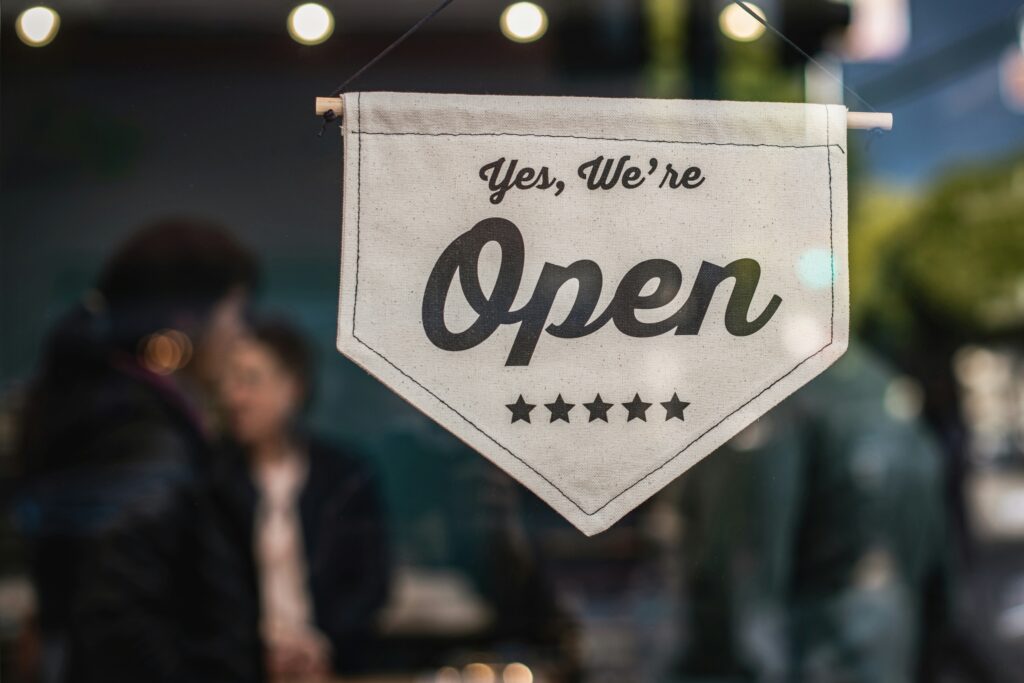
After thoroughly researching the differences between each and every creative commons license, we decided that we didn’t need to choose just one. Much like how we’re not taking a one-size-fits-all approach to designing, we recognized that we could choose a different license depending on the content type. All of our videos, since they contain our voices and/or our images, as licensed with CC-BY-NC-ND (creative commons attribution, non-commercial, no derivatives). We chose this license so that anything with our likeness could not be repurposed to make it seem like we were saying something that we hadn’t. We did, however, see the value in making our lessons available for remixing. Perhaps a teacher would like to translate our lessons or adjust them to fit a current theme in another subject area. For this reason, we have provided the Power Point slides that we used to create our videos with the license CC-BY-NC-SA (creative commons attribution, non-commercial, share-alike).
Being open to feedback
Inclusive design for learning emphasizes the importance of co-design and allowing learners to provide feedback. An easy way to allow for this on our website would be to open up the comment bar on the bottom. Tiffany and I, however, discovered that opening our blogs up for comments can open us up to annoying spam. Here are some of the posts that we both received, numerous times, on our individual MEd blogs:
“Thanks for sharing. I read many of your blog posts, cool, your blog is very good.”
“Your article helped me a lot, is there any more related content? Thanks!”
“Can you be more specific about the content of your article? After reading it, I still have some doubts. Hope you can help me.”
“Thank you for your sharing. I am worried that I lack creative ideas. It is your article that makes me full of hope. Thank you. But, I have a question, can you help me?”
“Your point of view caught my eye and was very interesting. Thanks. I have a question for you.”
“Can you be more specific about the content of your article? After reading it, I still have some doubts. Hope you can help me.”
“I don’t think the title of your article matches the content lol. Just kidding, mainly because I had some doubts after reading the article.”
Obviously, all of these are spam comments written by bots, and WordPress held them, awaiting our approval, but they were annoying none the less. So, instead of opening up comment boxes, we hid our email address within the accordions of our interactive books. We feel that this still allows us to keep our channels of communication open without them being flooded.
Being in the Great Wide Open
Open educational resources are paramount for creating an inclusive educational community. However, being out in the open comes with it’s challenges. I have learned that I can embrace open practices without opening myself up too much, by carefully considering how I share my work.

Into the Great Wide Open © 2025 by Kathini Dreilich is licensed under CC BY-NC-ND 4.0
